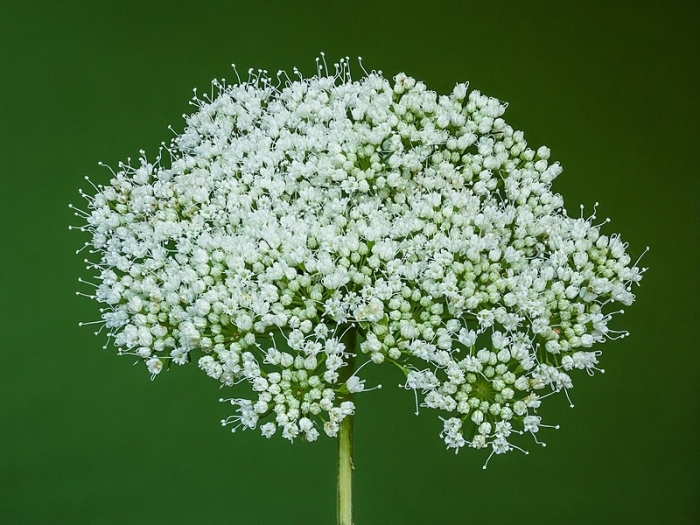Baltic Parsley
(Cenolophium denudatum)
Baltic Parsley (Cenolophium denudatum)
/
/

Dominicus Johannes Bergsma
CC BY-SA 4.0
Image By:
Dominicus Johannes Bergsma
Recorded By:
Copyright:
CC BY-SA 4.0
Copyright Notice:
Photo by: Dominicus Johannes Bergsma | License Type: CC BY-SA 4.0 | License URL: https://creativecommons.org/licenses/by/2.0 | Uploader: Famberhorst | Publisher: Wikimedia Commons |





















































Estimated Native Range
Summary
Cenolophium denudatum, commonly known as Baltic Parsley, is a semi-deciduous perennial herb that is native to the meadows and riverbanks of East Europe to Mongolia. It typically grows to 1.5 meters (4.9 feet) tall and 0.5 meters (1.6 feet) wide. The plant features dark green, finely divided leaves and, during the summer months, produces numerous umbels of tiny, pale green to white flowers on branching, nearly leafless stems that can sometimes exhibit a purple hue. These flowers are notably attractive to a variety of insects, making it a beneficial plant for supporting local pollinators.
Baltic Parsley is valued for its airy, delicate flowers and the textural contrast its divided leaves provide in garden compositions. It has earned the Royal Horticultural Society’s Award of Garden Merit in the UK, indicating its excellence for garden use. This plant is versatile in light conditions, thriving in full sun to full shade, and prefers consistent moisture with well-drained soil. It is commonly used in borders, cottage gardens, and as part of naturalistic plantings. While generally low-maintenance, it may require staking in very rich soils or windy sites to prevent the tall flower stems from flopping.CC BY-SA 4.0
Baltic Parsley is valued for its airy, delicate flowers and the textural contrast its divided leaves provide in garden compositions. It has earned the Royal Horticultural Society’s Award of Garden Merit in the UK, indicating its excellence for garden use. This plant is versatile in light conditions, thriving in full sun to full shade, and prefers consistent moisture with well-drained soil. It is commonly used in borders, cottage gardens, and as part of naturalistic plantings. While generally low-maintenance, it may require staking in very rich soils or windy sites to prevent the tall flower stems from flopping.CC BY-SA 4.0
Plant Description
- Plant Type: Herb
- Height: 2-4 feet
- Width: 1-2 feet
- Growth Rate: Moderate
- Flower Color: White
- Flowering Season: Summer, Fall
- Leaf Retention: Semi-Deciduous
Growth Requirements
- Sun: Full Sun, Part Shade
- Water: Medium
- Drainage: Medium
Common Uses
Bee Garden, Butterfly Garden, Low Maintenance, Potted Plant, Showy Flowers, Street Planting
Natural Habitat
native to the meadows and riverbanks of East Europe to Mongolia
Other Names
Common Names: Flodsilja
Scientific Names: , Cenolophium denudatum, Cenolophium fischeri, Selinum fischeri, Athamanta denudata, Cenolophium divaricatum, Cenolophium fischeri var. lapponicum, Cenolophium fisheri, Cnidium fischeri, Crithmum mediterraneum
GBIF Accepted Name: Cenolophium denudatum (Fisch. & Hornem.) Tutin